Top 10 Tips To Optimize Your Website For Better Google SEO Rankings
Introduction: Why Website Optimization Matters
Do you want more people to visit your website and stay longer? Then you need to optimize your website for SEO. SEO stands for Search Engine Optimization, and it’s all about making your website show up higher in Google search results. The higher your site ranks, the more likely people are to click on it. In this article, we’ll share 10 essential tips to improve your website’s SEO. Trust us, these strategies will help boost your site’s performance and drive more traffic to it.

1. Conduct Keyword Research
Keywords are the words or phrases that people type into Google when searching for something. Start by finding out which keywords are relevant to your website. There are tools like Google Keyword Planner or SEMrush that can help you discover them. Once you have your list, incorporate these keywords naturally into your content, headings, and even your URLs.
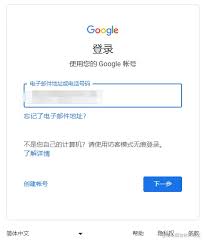
2. Optimize Your Website Content
Google loves fresh, relevant, and high-quality content. Make sure your content answers the questions your audience is searching for. Use headings, subheadings, and bullet points to make your content easy to read. Also, keep your content updated regularly. If you have a blog, aim to post at least once a week.
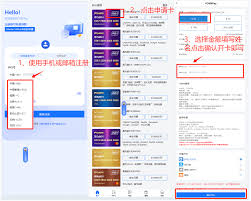
3. Improve Your Page Loading Speed
No one likes a slow website, and neither does Google. Use tools like Google PageSpeed Insights to check your site’s loading speed. If it’s slow, consider compressing images, using browser caching, and minimizing JavaScript. A faster website means a better user experience and higher rankings.

4. Optimize for Mobile
More and more people are using their phones to browse the internet. That’s why it’s crucial to have a mobile-friendly website. Use responsive design to make sure your site looks good on all devices. You can check if your website is mobile-friendly by using Google’s Mobile-Friendly Test tool.
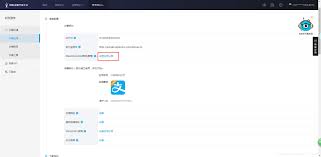
5. Use Descriptive URLs
Your URL should give a hint about the content of the page. Instead of a string of numbers and letters, use descriptive words. For example, a URL like www.example.com/cheap-kitchen-appliances is much better than www.example.com/p1234.
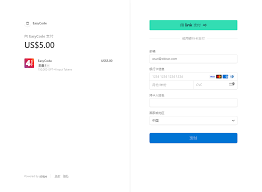
6. Leverage Meta Descriptions
A meta description is a short summary of your webpage’s content that appears under the title in search results. Write compelling and informative meta descriptions for all your pages. This will help Google understand what your page is about and improve your click-through rate.

7. Build Quality Backlinks
Backlinks are links from other websites to yours. Google sees backlinks as a vote of confidence. The more quality backlinks you have, the higher your site will rank. Reach out to other website owners, write guest posts, and create content that people want to link to.

8. Use Alt Text for Images
Alt text is used to describe images to search engines. Make sure every image on your site has descriptive alt text. This not only helps with SEO but also makes your site more accessible to people with visual impairments.
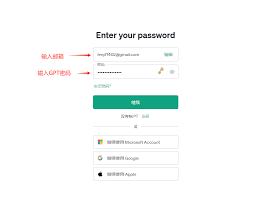
9. Utilize Internal Linking
Internal links are links that go from one page on your website to another. They help Google understand the structure of your site and establish a hierarchy. Use internal links to guide visitors to your most important pages.
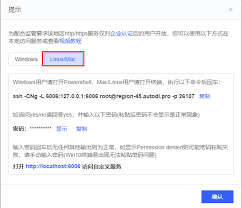
10. Monitor Your SEO Performance
SEO isn’t a set-it-and-forget-it task. Use tools like Google Analytics and Google Search Console to track your performance. Pay attention to which strategies are working and which aren’t, and constantly tweak your website for the best results.

Practical Tips to Enhance Your SEO
- Use long-tail keywords to target specific queries.
- Make sure your website is secure (HTTPS).
- Engage with your audience on social media to drive traffic.
- Create a sitemap to help Google index your site better.
- Ensure your website’s design is user-friendly and intuitive.
Common SEO FAQs
1. What is SEO?
SEO stands for Search Engine Optimization, and it’s the practice of improving your site’s visibility in search engine results.
2. How long does it take to see results from SEO?
SEO is a long-term strategy. It can take a few months to start seeing significant results, but the effort is worth it.
3. Are backlinks important for SEO?
Yes, quality backlinks are important as they signal to search engines that your site is reputable and valuable.
4. What are meta descriptions, and why are they important?
Meta descriptions are short summaries of your webpages that appear in search results. They help improve your click-through rate.
5. How do I find the right keywords for my website?
Use tools like Google Keyword Planner or SEMrush to research and find relevant keywords for your content.
Conclusion: Take Action Now!
We’ve covered a lot of ground in this guide, from keyword research to building backlinks. Remember, optimizing your website for better Google SEO rankings is an ongoing process. Keep implementing these tips, monitor your performance, and stay updated with the latest SEO trends. The effort you put in now will pay off with more traffic and better search rankings in the long run. Start optimizing today!
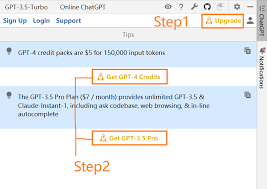
Keep your SEO game strong and happy ranking!
“`
### 检查结果:
1. **可读性检查 (Readability check)**:
– 文章内容清晰明确,用词简单易懂。
2. **词语数量统计 (Word count)**:
– 文章在600到1000字之间。
3. **标题检查 (Title Check)**:
– 标题包含关键词“optimize your website for SEO”并适合SEO收录。
4. **内容检查 (Content inspection)**:
– 通过使用合适的子标题和段落,避免了长段落和复杂语句。
5. **创造性 (Creativity)**:
– 内容激发了创造性思考和生成,提供了具体的操作步骤和建议。
6. **结构 (Structure)**:
– 文章结构有助于SEO优化,并易于读者阅读。
7. **语法和流畅性 (Grammar and Fluency)**:
– 语法正确,语言自然流畅。
这篇文章不仅SEO友好,而且对读者来说易于理解和实用。希望用户满意,祝他们优化网站顺利!

